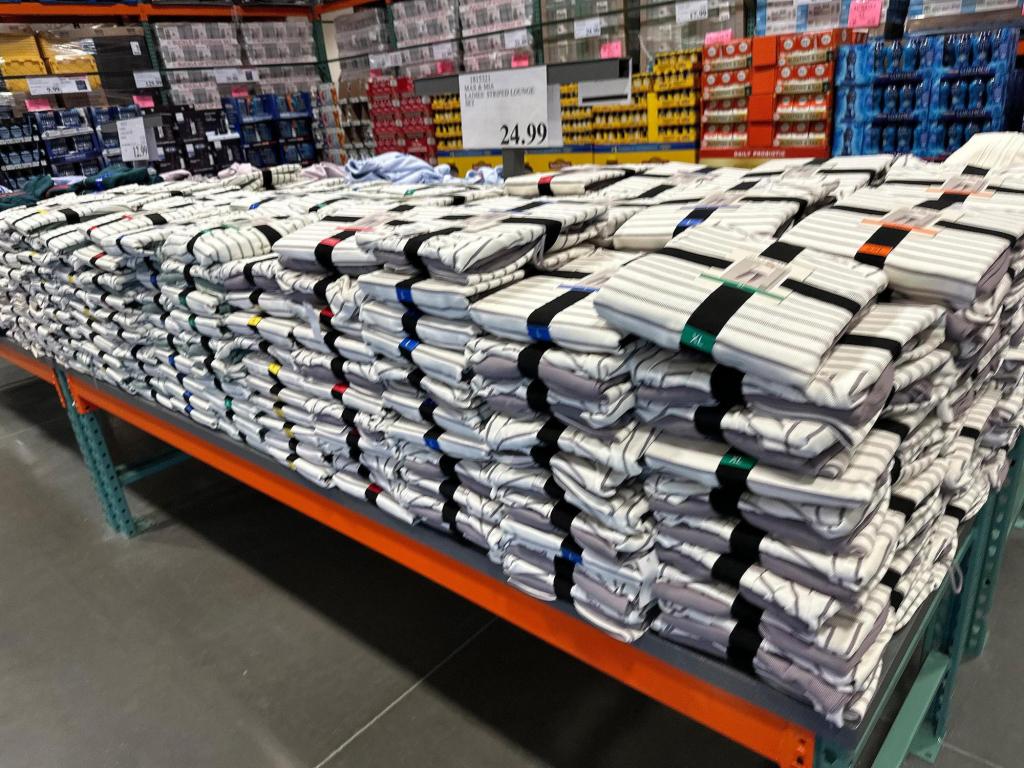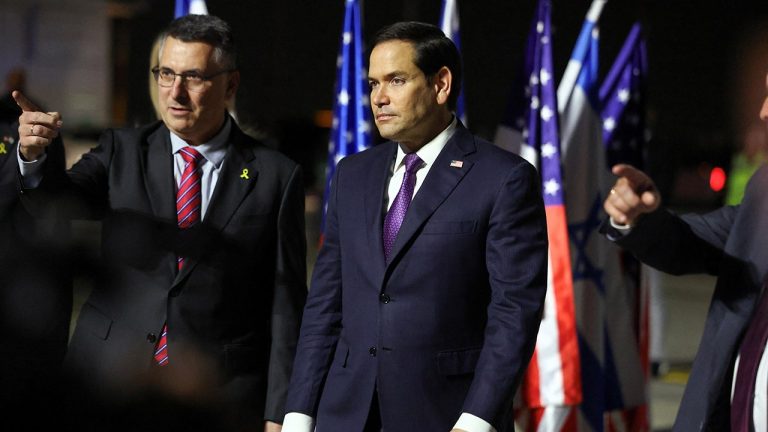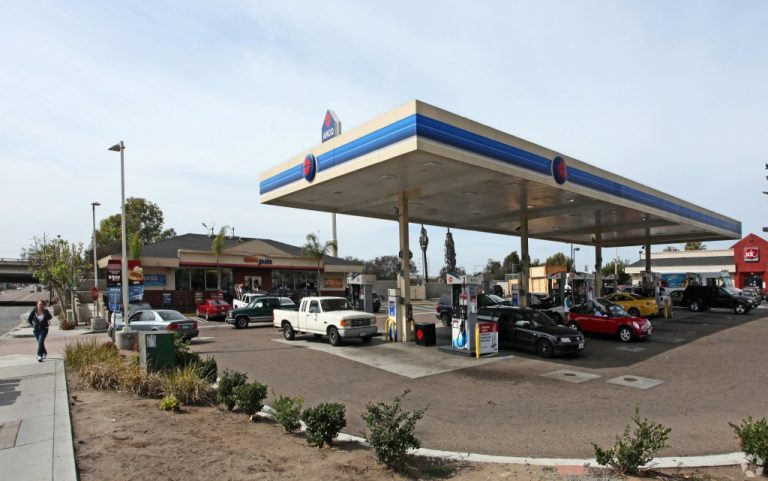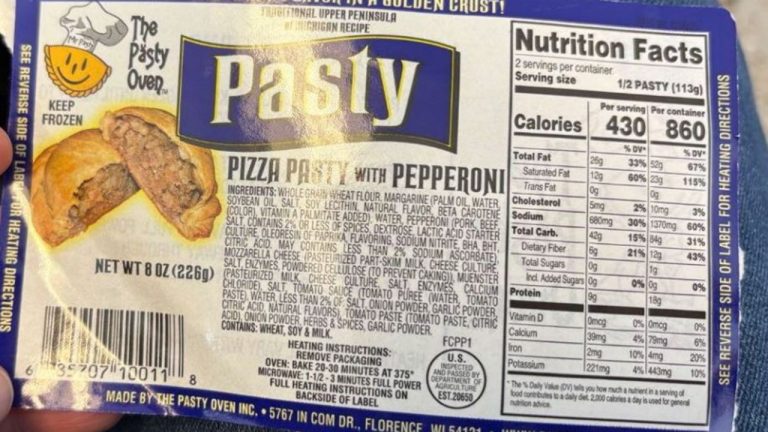

By CHRISTOPHER RUGABER and ANNE D’INNOCENZIO, AP Business Writers
WASHINGTON (AP) — U.S. retail sales dropped sharply last month, in part because cold weather kept more Americans indoors, denting sales at car dealers and most other stores.
Retail sales fell 0.9% in January from the previous month, the Commerce Department said, after two months of healthy gains. It was a much bigger drop than economists expected and the biggest decline in a year.
The average temperature in January was the lowest since 1988, according to Pantheon Macroeconomics, and was particularly disruptive in the more temperate South. Devastating fires in Los Angeles may have also impacted spending.
The data does not show that Americans rushed to buy goods in January to get ahead of President Donald Trump’s proposed tariffs, as some analysts had expected. However, sales were revised higher for December. Many consumers may have just cut back in January after splurging during the holiday season.
The tail-off in sales may provide some measure of reassurance for the Federal Reserve, after a very hot read on inflation for January, that the economy may not be overheating.
And the decline in retail sales indicates that the economy, while still expanding, will grow more slowly in the first three months of this year. It grew at a 2.3% annual rate in last year’s final quarter.
Sales plummeted 2.8% last month at auto dealers and slumped at furniture stores, home and garden centers. Even in the usually strong online retail sector saw a 1.9% decline. Sales rose at general merchandise stores, a category that includes big retailers like Walmart and Target, and at restaurants and bars.
In addition to cold weather, the sales decline could in part point to fading consumer confidence as was reflected in a pair of recent surveys by the Conference Board and University of Michigan. Still, hiring and wage growth have been steady, suggesting the economy is still expanding. Last week the government reported that the unemployment rate fell for the second straight month to a low 4%.
Inflation did tick higher last month despite the Federal Reserve’s efforts to cool prices through higher interest rates. The cost of groceries jumped in January from the previous month, pushed higher by soaring egg prices. Rising costs at the grocery store is exacting a toll on Americans.
Retail chains that have struggled are being forced to cut costs and close underperforming locations.
One of those chains, Joann, filed for Chapter 11 bankruptcy protection last month for the second time in a year and said this week it would close about 500 locations, more than half of its stores operating in the U.S.
The owner of surfer and skater-inspired labels like Quiksilver, Billabong and Volcom filed for bankruptcy protection last week. That company, Liberated Brands, also plans to shutter stores.
The environment for all retailers may grow more perilous as Trump steps up tariff threats, which could lead to higher prices. Trump said Thursday he would soon impose “reciprocal” tariffs on countries that levy large duties on U.S. goods exports. Trump has already added 10% import taxes on goods from China, and has said he will place 25% tariffs on all steel and aluminum imports.
David French, executive vice president of the National Retail Federation, warned the import taxes could raise prices for consumers.
“While we support the president’s efforts to reduce trade barriers and imbalances, this scale of undertaking is massive and will be extremely disruptive to our supply chains,” French said Thursday. “It will likely result in higher prices for hardworking American families and will erode household spending power.”
Retail executives say that it’s hard to plan given the fluidity of the tariff policies under the Trump administration.
Kim Tobman, CEO of Bouqs, an online floral retailer based in Marina del Ray, California, said most of her vases come from China, and that the 10% increase wasn’t as bad as she expected. She doesn’t expect to raise prices, but she is considering Vietnam, Indonesia and other areas to source vases.
“We feel at this moment we can absorb it,” Tobman said.
She experienced the turbulence that comes with Trump’s shifting tariff plans last month during his showdown with Colombia, a massive exporter of flowers, after that nation initially refused to accept flights of deported migrants.
Trump swiftly announced a series of retaliatory measures, including a 25% tariff on Colombia exports to the U.S., with a threat it could escalate. Colombia is the largest flower exporter to the U.S and represents a big chunk of sourcing for Bouq’s floral arrangement, Tobman said. The Colombian government eventually agreed to Trump’s demands, and the tariffs never materialized.
Originally Published:






